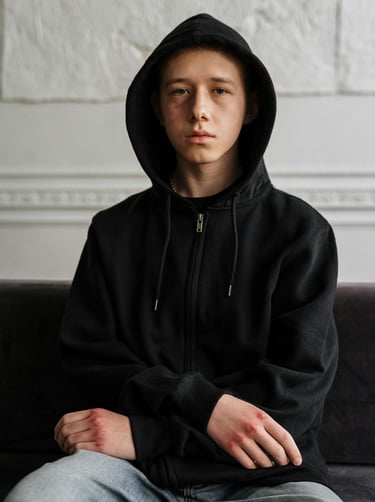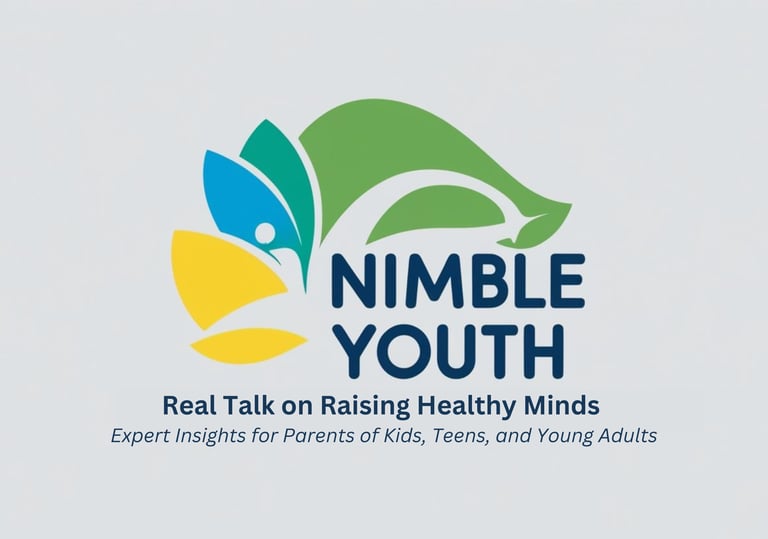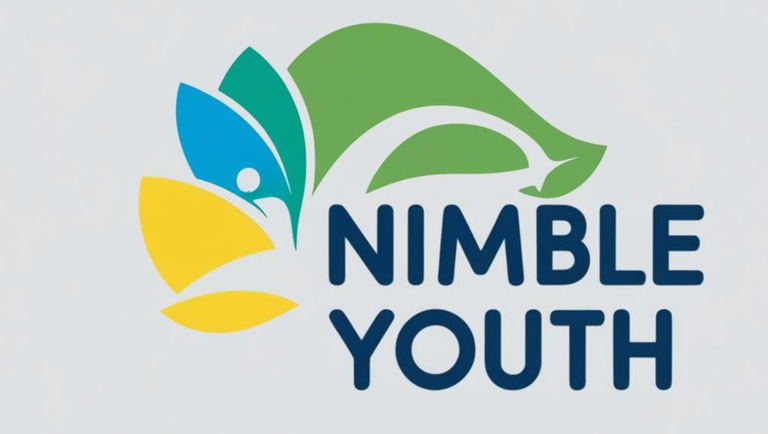Episode Nine: Why Is My Teen Cutting? Understanding Non-Suicidal Self-Injury
Cutting and other forms of non-suicidal self-injury (NSSI) are difficult topics for any parent or caregiver to confront—but they’re more common than many realize. We explore why some kids turn to self-injury as a coping mechanism, how to spot signs of it, and most importantly, how to respond with empathy, structure, and support.
M. Butterman
5/6/20252 min read


Episode Nine: Understanding Cutting and Non-Suicidal Self-Injury (NSSI) in Youth
Guest: Dr. Gretchen Hoyle | Host: Nimble Youth Podcast
Cutting and other forms of non-suicidal self-injury (NSSI) are difficult topics for any parent or caregiver to confront—but they’re more common than many realize. In this episode, Dr. Gretchen Hoyle returns to guide us through understanding this complex behavior. We explore why some kids turn to self-injury as a coping mechanism, how to spot signs of it, and most importantly, how to respond with empathy, structure, and support.
🧠 What We Cover in This Episode:
What NSSI is—and what it isn’t
Why cutting is not the same as a suicide attempt, but why both require urgent attention
Common patterns: where injuries tend to occur and what they look like
Why kids often don’t “grow out of it” without help
Practical first steps when a parent discovers self-injury
The power of remaining calm, curious, and connected
How therapy—and sometimes medication—can help
Creative and sensory-based coping strategies (e.g., ice cubes, journaling, mindfulness)
The role of emotional literacy and distress tolerance in recovery
Common triggers—such as the loss of a romantic relationship—and how they impact teens
Why consistency matters, and how healing is rarely linear
🧰 Resources Mentioned:
“Treating Self-Injury” by Barent Walsh (recommended by Dr. Hoyle)
Prior podcast episodes on anxiety and depression in teens (for related context)
Techniques like mindfulness, journaling, and sensory distractions to replace harmful behaviors
💬 A Note to Parents:
Self-injury is often misunderstood as “attention-seeking,” but in truth, it’s a call for connection and a signal of emotional overwhelm. Kids who self-injure often feel shame and want to stop—but need tools and support to do so. This episode emphasizes approaching your child with empathy, seeking professional help, and knowing that healing is possible.
Resources and References:
Holy Sh*t My Kid is Cutting, by JJ Kelly, PsyD
🔗 Connect With Us:
Visit www.nimbleyouthpodcast.com to access:
Full episode transcripts
Show notes from past episodes
Newsletter sign-up
Resources for families and caregivers
If this episode resonated with you, please consider sharing it with a fellow parent or leaving us a review. Your support helps us reach more families who need it.
🎧 You're not alone. Better support is possible.
© 2025. All rights reserved.


